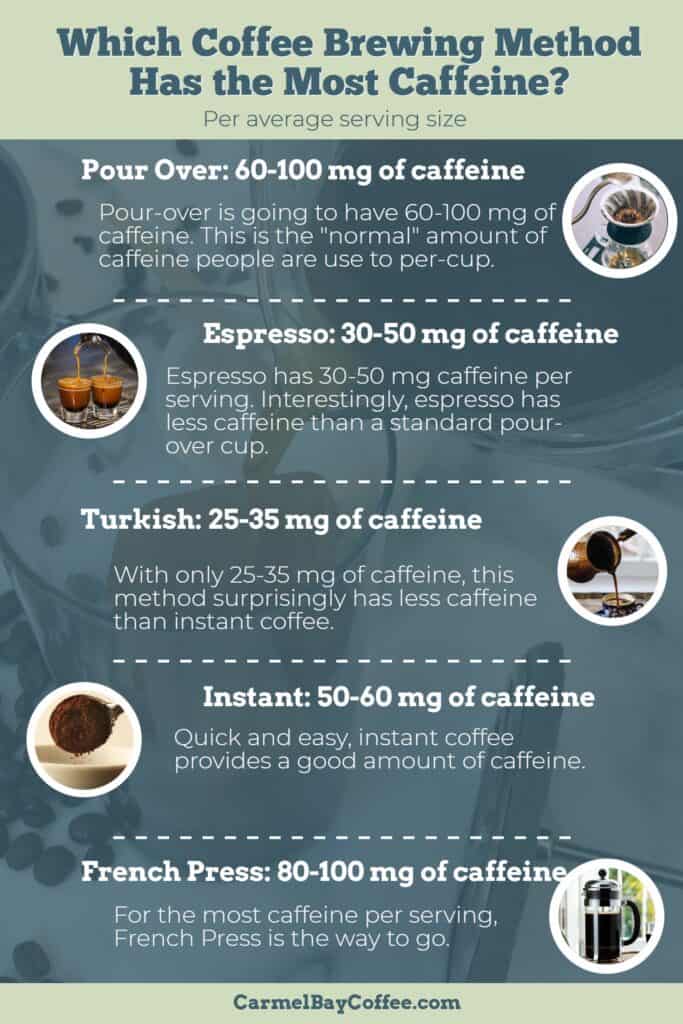I never thought I could be a latte coffee guy. This isn’t any kind of “I’m too cool to drink anything other than black coffee” type of schtick. I just like a simple option, which pairs perfectly with my already fragile morning routine.
It turns out lattes freaking delicious. I know some of you want to hit me with a big fat “DUH” right about now. Better latte than never (I hate myself for that joke).
Lattes aren’t your average cup of joe. They use espresso, which is the Italian brewing method where hot (not boiling) water is pressurized before being filtered through the exceptionally fine grounded coffee. This creates a much richer substance than its regular coffee counterpart. It also has a considerable increase in caffeine for its volume.
The only difference between espresso and regular coffee is the brewing process. There is no such thing as an espresso bean. That fancy name simply describes how it’s made. It’s the concentrated form of a regular cup of joe.
Medium-dark to dark roasted beans are the best choice, but certain regions prefer lighter. Any type of coffee bean can be used for espresso. These beans are much more finely grounded until it has a smooth powder-like texture.
A latte uses espresso, steamed milk, and a thin microfoam topper. It sounds simple enough, but the variations of lattes available can be overwhelming.
For me, it all started when I tried my friend’s chai tea latte. I couldn’t believe that tea could be made into such an incredible beverage. Creamy, rich, and full of energy.
Now, if tea tastes this good made into a latte…I could only imagine how coffee would fare.
The History of the Latte
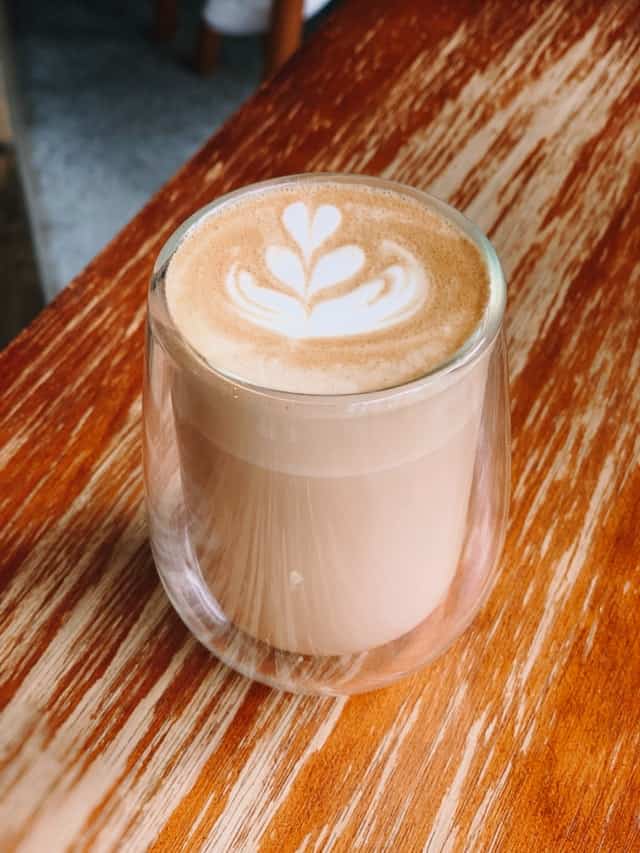
Latte lessons were probably not part of your school’s curriculum (if it were, I’m jealous), so allow me to fill you in.
Mixing coffee with milk wasn’t a revolutionary practice at the time. The Europeans had been experimenting with coffee since the 1700s. The actual term latte didn’t start floating around until the late 1800s.
The name was initially coined by a man named William Dean Howells in an essay written about his travels throughout 19th century Italy. William noticed that Europeans would utilize espresso by adding steamed milk and a frothy foam on top, creating what we know as the traditional latte.
Espresso initially involved hot steam being blasted through the beans, but this often resulted in a burnt, char-like taste. Italian inventor Angelo Moriondo sought to solve this problem.
Moriondo pressurized the water before brewing and tamed the temp down to 208 degrees(F) from the boiling point, which is 212 degrees(F) at sea level. In doing this, he invented the world’s first espresso machine.
History of coffee has a lot more on the first espresso machine if you’d like to read more about it.
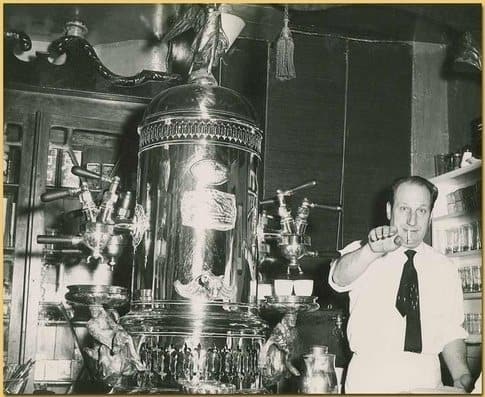
But in 1903, Luigi Bezzera perfected the invention by adding even more atmospheric pressure to the water. After Bezzera had a patent for his machine, he sold it to a company called La Pavoni, which started mass producing and selling these machines commercially.
Eventually, modifications such as steam wands were incorporated into these machines. These wands steam and froth liquids such as milk, which creates the classic latte, cappuccinos, and other milky coffee drinks.
The term latte stems from Caffe Latte, which translates to “Coffee Milk” in Italian. It is also known as Cafe au Lait (French) and Caffe con Leche (Spanish). If you asked for a latte in another country, you’d most likely end up with regular coffee with milk added.
Through the decades, there have been a vast plethora of latte variations ignited into existence, but the roots remain the same: espresso, steamed milk, foamy topper.
Is a Latte Stronger Than Regular Coffee?
Well, if we’re speaking in general terms, a latte might provide you with a bit more kick than an average cup of joe. But, I can give you a better answer than that. So I’m going to get much more specific.
Remember, the only difference between these two is their brewing process.
Regular coffee grounds are coarser and require much less to brew an acceptably ratioed pot of coffee. Espresso grounds are very fine, almost powder-like. The pressure applied compresses the fine grounds into a very dense “puck” which allows the hot (not boiling) water to filter through quickly.
When comparing these two brew varieties ounce to ounce, espresso is the front runner with about 63 milligrams of caffeine per ounce and regular coffee at about 12 to 16 milligrams per ounce.
But one doesn’t simply drink a single ounce of regular coffee, and if you find yourself chugging back 8 ounces of espresso in a single serving, you might want to work on that (I’m not judging you).
From its creation to its consumption, coffee is about balance.
The average cup of joe is 8 ounces, which stacks its caffeine concentrations anywhere between 95 and 128 milligrams. Compare this to a single shot espresso latte that will still only contain 63 milligrams of caffeine.
When it boils down to it, it depends on how you are preparing your coffee. Adding an extra shot of espresso to a 12-ounce latte will provide significantly more kick than a 12-ounce cup of regular coffee.
So technically, you’ll have to drink more coffee to match espresso, but only because espresso is so concentrated.
Also, what type of beans are you using? Arabica and Robusta are the main types of coffee beans cultivated for commercial use.
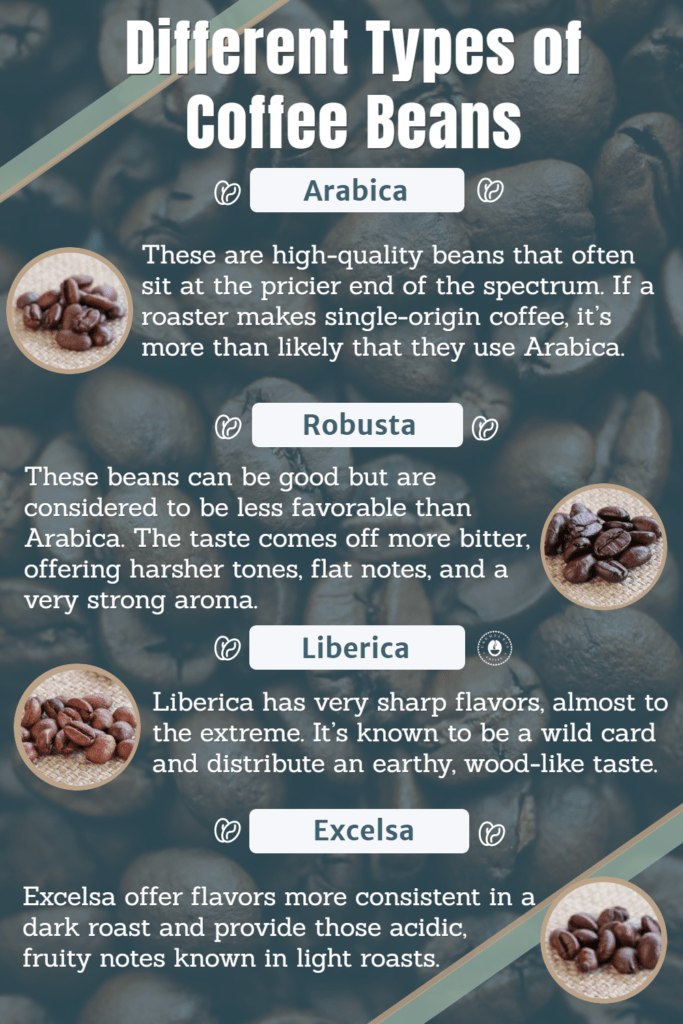
Arabica are renowned for their quality and flavors but contain less caffeine than their wild relatives Robusta.
We go over all the differences in coffee beans in our article here, A Guide To Choosing The Right Coffee Blend For You.
Latte Vs. Cappuccino
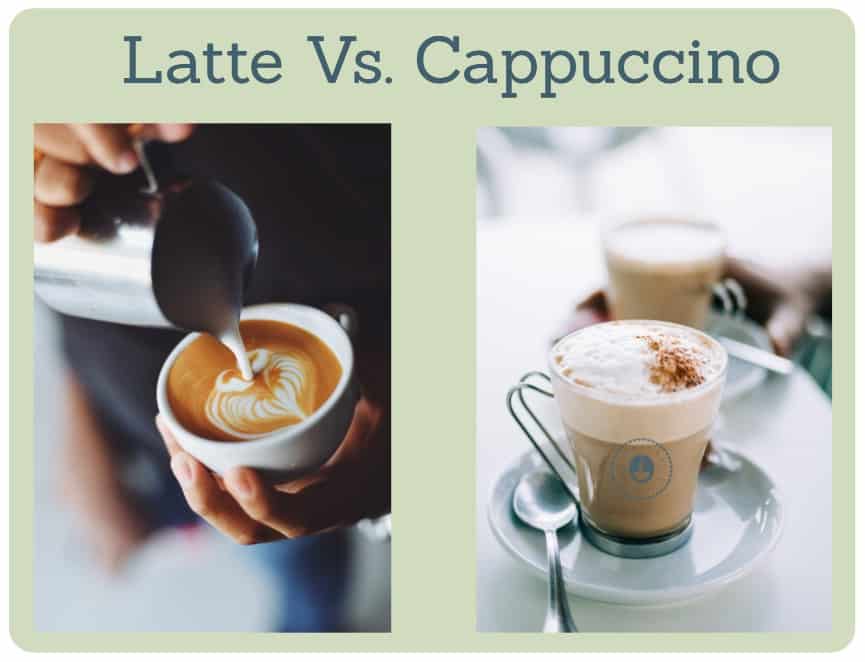
As a child, I always adored the smell of coffee, but I was not too fond of its taste. My young, underdeveloped pallet wasn’t quite ready for those harsh, acidic tones that now obsess my everyday adult life.
But cappuccino was an entirely different story. It was soft, creamy, and smooth. It tricked my senses into thinking they were receiving a delicious treat.
First off, what is a cappuccino? Essentially, they are almost identical to lattes with the exception of a few differences. Both use the same ingredients: 1-2 shots of espresso, steamed milk, and frothed milk. One is not necessarily more robust than the other.
Like other coffee beverages, it depends on the quality and quantity of ingredients uses.
Cappuccino is typically created using a perfect (equal) distribution of all its ingredients. The components are layered, not blended like a latte, providing peak balance.
Unlike latte’s, they use much less milk, instead opting to use more foam to create a richer and creamier consistency. Cappuccino is all about texture.
Due to the lack of milk, the flavors of the espresso are much more prominent.
Compare this to a latte, which uses just enough microfoam to create a gentle, frothy finish with potentially unique foam art.
It’s the reason that cappuccinos are often served in smaller cups. There’s more volume leftover since less milk and more foam is used to prepare it.
Technically speaking, a cappuccino is slightly healthier than a latte. The reduced milk cuts the calories back quite a bit. A 12-ounce cappuccino made with whole milk contains about 125-135 calories, while a latte clocks in at around 210 calories.
You can try using substitutes such as coconut or almond milk to help cut the calories even more. But there are endless menus full of fantastic ideas and recipes to incorporate with your morning brew.
Lattes Vs. Other Coffee Drinks
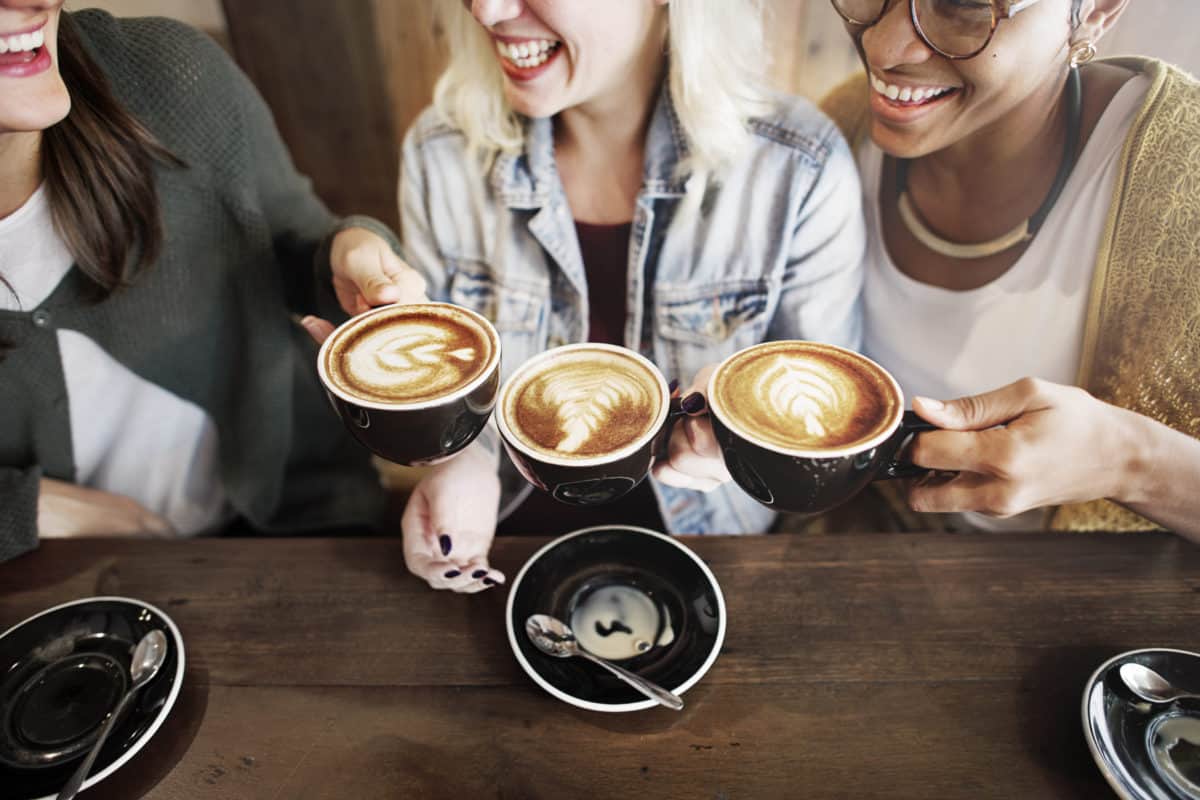
Aside from cappuccino, there’s a vast category of fantastic java creations. So how do lattes fair in a world fueled by competition?
Let’s compare it with some other creative creations.
Latte Macchiatos
Latte macchiatos are kind of like a half-breed between a cappuccino and a regular latte, also known as the sister latte.
This unique variation builds the ingredients in layers rather than a blend. The process is also flipped. Rather than using espresso as the base, the milk is frothed and steamed first. The espresso is then very slowly poured in last-over milk and foam. This creates three layers in the glass, “marking” it with espresso, giving it the name Macchiato.
Adding the espresso last provides this drink with a sharp bite during those first few sips.
Mocha Latte
When I do go to a café I hear this ordered all the time. A Mocha Latte has espresso, hot milk, and chocolate. It’s very similar to a normal latte but with the added chocolate to the combination it makes it a unique coffee drink.
Flat Whites
Flat whites are the powerhouses within the milky coffee drink family. Typically using two espresso shots, these furious fellas cut straight to the point, using steamed milk and just a bit of microfilm to add a little smoothness.
A flat white is less “adding espresso to a blend of steamed milk” and more “adding a little steamed milk to a shot of espresso.” It’s a very concentrated and potent caffeine beverage that’s sure to get the job done.
Whether you enjoy taking your time with smaller sips or need a rush of “motivation” to fire off your synapsis like fireworks, this is the drink for you.
Iced Latte
As the next season creeps by a little closer, the weather is finally becoming warmer, so maybe an Iced Latte is more your style. It’s prepared almost the same as a regular latte. It’s first layered together over ice, starting with an espresso base, then blended, forming a cool and creamy texture.
If you’d like to check out how to make the perfect iced coffee, check out our guide, This is How to Make Iced Coffee at Home.
Caffe Breve
Is there anything better than a cup of coffee after a delicious dessert? What if the coffee was the dessert? That’s precisely what a Caffe Breve aims to accomplish.
It’s similar to a cappuccino, but rather than using steamed whole milk, it uses steamed half-and-half. The extra cream establishes a thick and creamy texture that is often so sweet it requires no extra sugar, but that never stopped anyone from adding any creative flavors.
This drink leans on the unhealthy side, as the added cream and foam provide more cholesterol and fat to the cup. But hey, everything in moderation.
Latte Art

After espresso machines became commercially available, lattes were swiftly adopted into the standard coffee culture. They were quickly adapting different methods and styles from unique perspectives.
But they received another surge in popularity in the 1980s when latte art became just as big as the drink itself.
Originally the steamed milk provided by the steam wands was only to add a creamy texture. Baristas soon took advantage of the “open canvas” available while adding steamed milk to dark espresso shots. Designs and shapes such as hearts, rings, trees, and most famously, maple leaves were “drawn” with steamed milk. This frothy finishing touch is called the microfoam.
First made popular in Seattle, Washington (no surprise there) and spread like wildfire throughout the nation all the way through the ’90s.
Creating a cup of java that was appealing to the eye wasn’t an American innovation, but it was the states that caused this sensation to go mainstream throughout the world. Currently, Asia is the leading country in latte art innovation.
If you’d like to get into latte art, home grounds (homegrounds) have a guide on how to make it as long as you have an espresso machine.
As we plunge further into the era of social media, a presentation has never been more critical. Everyone from food-bloggers to adventuress tourists trying something new, baristas have to consider that the coffee they make may be uploaded and shared to thousands of thirsty eyes. This is where unique latte art can help establish a competitive edge.
So, How Do I Order A Latte?

With overwhelming choices available, we can’t be expected to keep up with the constantly changing world of coffee. Once you get past all the fancy lingo, it’s pretty simple.
If you want to order just a regular latte, that’s all you have to say. Some cafes may add their own personal twist, but this is a classic beverage that should usually come pretty standard.
If you want to kick the heat up a bit, order it with an extra shot of espresso.
This is a relatively simple beverage that uses simple ingredients, which means there’s lots of wiggle room to get creative and play around with different flavors like French Vanilla or Hazelnut.
Baristas should have a broad knowledge of the drinks they make. So if you’re ever unsure, you can always ask, and they will help you craft your perfect cup. Alternatively, you can ask a barista what latte they recommend. Don’t worry, they get this question all the time, so they will guide you through all the options for the perfect latte.
Is It Easy to Make A Latte at Home?
Of course, they are! Although you’ll need an espresso machine, you don’t necessarily need the fancy accessories, like a steam wand that comes with it. (You can use regular drip coffee instead and follow the same recipe)
All you need is a small whisk! Small enough to fit into your mug without overflowing the contents. Pour the espresso as the base in your mug. In a pan, heat the milk to a near simmer. Just enough to get it steamy. Alternatively, you can use the microwave if needed.
Pour the heated milk into a cup and whisk vigorously, creating a foamy mixture. Then, gently pour over the espresso and enjoy! Feel free to add any flavoring or sweetener you like! It won’t affect the process.

